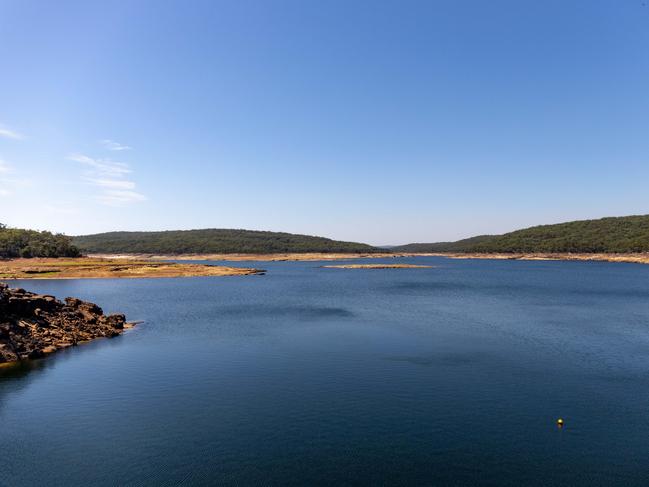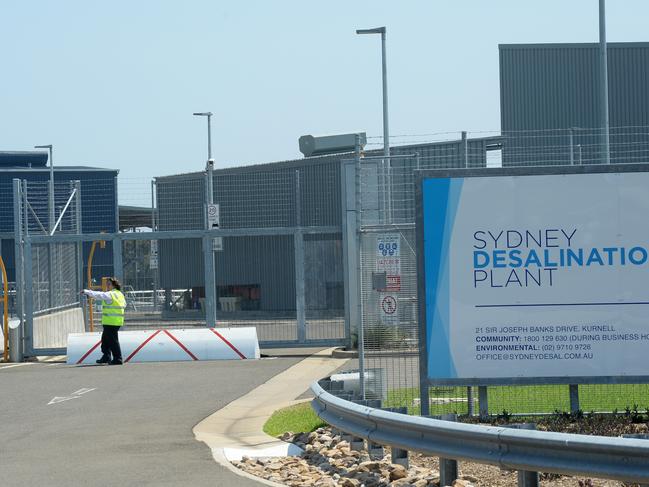Cataract Dam drops to 27 per cent
Wollondilly independent candidate Judy Hannan says local residents shouldn’t be forced to pay the costs of turning on the Sydney Desalination Plant.
Wollondilly independent candidate Judy Hannan says local residents shouldn’t be forced to pay the costs of turning on the Sydney Deslination Plant after earlier calls from the local council to impose water restrictions.
The Sydney Desalination plant was turned on last week after the greater Sydney water supply dropped to 60 per cent.
In a December 2019 report, the independent Pricing and Regulatory Tribunal, which determines water prices, indicated turning on the plant would increase yearly water bills by up to $35.
Mrs Hannan, a Wollondilly councillor and former nayor, said Wollondilly residents shouldn’t be forced to pay the desalination plant levy as the plant would not supply local water.
She also warned continuing development in the region would place more strain on the local water supply in the future as thousands of homes were planned for Wilton and Appin.
“We are told to expect vast housing development in the Macarthur and beyond,” she said.
“In particular, further demands to be imposed by development at Wilton and Appin, causing this problem of water security for the Wollondilly to continue to become more fragile, if not catastrophic.”
Mrs Hannan said the council had previously asked the government to impose water restrictions.
Dam levels in the Upper Nepean catchment, which supplies thousands of homes in the Macarthur region — including Wollondilly shire — have fallen to 48.5 per cent with Cataract Dam dropping 32.7 per cent from last year’s level to just 27 per cent

“I wrote to the Energies and Utilities Minister Don Harwin when I was mayor and asked the government to put water restrictions in place,” Mrs Hannan said.
“He replied in a letter he would not impose water restrictions in any areas, until the average of all water held in the Greater Sydney System was at 50 per cent.
“This decision has placed the Nepean system water supply under stress, especially as inflows have drastically reduced.”
A Sydney Water spokeswoman said the Sydney Desalination Plant would benefit the entire system.
“The plant’s supply area includes the CBD, inner west, eastern suburbs, southern Sydney, parts of the Sutherland shire and at times as far west as Auburn,” the spokeswoman said.
“However, everyone will benefit from desalination because it allows more water to be left in the dams, which means a more secure water supply.”

The spokeswoman said the agency’s plans for development areas followed regional plans set out by the State Government.
“Sydney Water’s infrastructure development is done on the basis of the regional plans set out by the NSW Government,” she said.
“We follow the Government’s growth forecasts and rollout water and wastewater services that align with this planning.”


